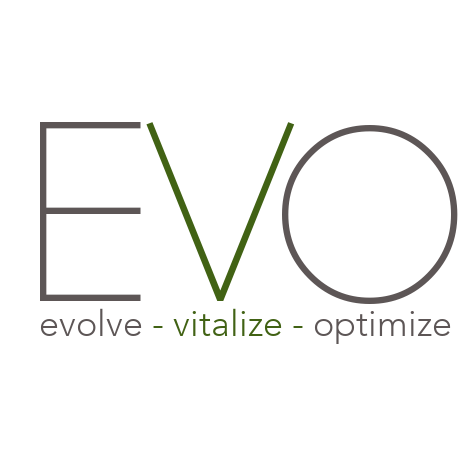
What Is It?
All cells in our body need oxygen to generate energy and carry out normal body functions, including healing. Where does that Oxygen come from? The air we normally breathe has 21% Oxygen—the rest is made up of largely Nitrogen and some Hydrogen gases. The air we take in also has a normal amount of pressure associated with it, which is largely determined by our elevation—the further above sea level (e.g., high in the Rockies), the lower the air pressure. Centuries ago, doctors and scientists began exploring the use of patients breathing 100% Oxygen under higher pressure conditions for the treatment of a variety of conditions. Fast forward to today—this therapy, known as Hyberbaric Oxygen Therapy, is a well-established tool. The therapy has been cleared by the FDA for over a dozen uses.
Who May Benefit?
The benefits of Hyperbaric Oxygen Therapy are known to be numerous. To list a few, the therapy is used in: Plastic surgery recovery, wound healing, physical and brain rehabilitation, addiction treatment, sport injuries postsurgical healing, migraine headaches, chronic fatigue syndrome (CFS), fibromyalgia, and Lyme disease. While there are a few situations in which this therapy is not be used, including pregnancy and being on certain chemotherapy drugs, most people are eligible for this type of therapy.
How does it work?
A HBOT session lasts usually between 45 and 60 min. While comfortably seated in a hyperbaric chamber patients breathe pure oxygen at a higher than normal pressure—typically 2 to 3 times that found at sea level. Under this higher pressure, oxygen, which is normally delivered to tissues in red blood cells, dissolves in important body’s fluids – the plasma (water portion) of blood, cerebrospinal fluid in the brain and spinal cord, and the lymphatic fluid. With oxygen saturated in key body fluids, it is easily delivered throughout the body, even those areas with poor blood flow. This means that compared to normal conditions, up to 15 times the oxygen will be delivered to tissues. These higher than normal levels of oxygen can cause new blood vessels to grow, change the dynamic of blood flow, and even decrease the amount of inflammation associated with certain conditions. All of these factors contribute to clinical benefits.
HBOT-Part of a Plan
Therapy integration is an important part of a treatment plan. For a patient suffering from a chronic disease diagnosis like Lyme disease, CFS, or fibromyalgia, integrating treatment approaches to include supplementation, detoxification, mind-body medicine can optimize treatment outcomes. As an example, administering a solution of supplements while you are in a hyperbaric treatment chamber can supercharge the effect of the IV as the agent and vitamins used in the solution are pressure loaded into the cells. HBOT, may also be employed for patients both pre- and post-surgically. Why? This approach primes and optimizes tissue health before surgery which minimizes the extent of damage. This is followed by post-operative therapy to speed up wound healing.
Comprehensive Care
Today’s hyperbaric chamber features don’t stop at oxygen. Some of the latest developments include heart (EKG) monitoring, neurofeedback, and light therapy as part of an integrated care plan. In short, HBOT is important and a powerful pathway to healing.




